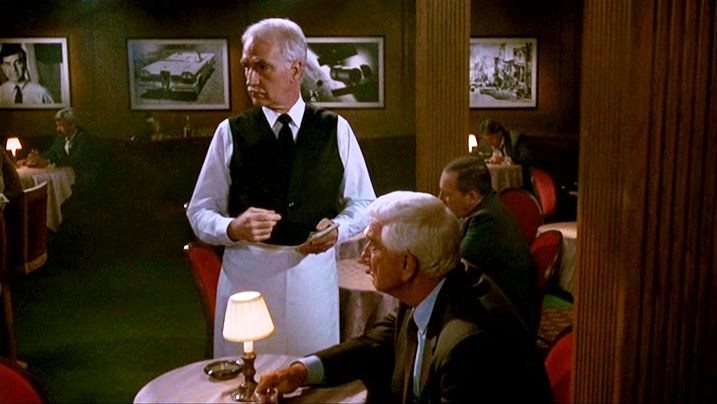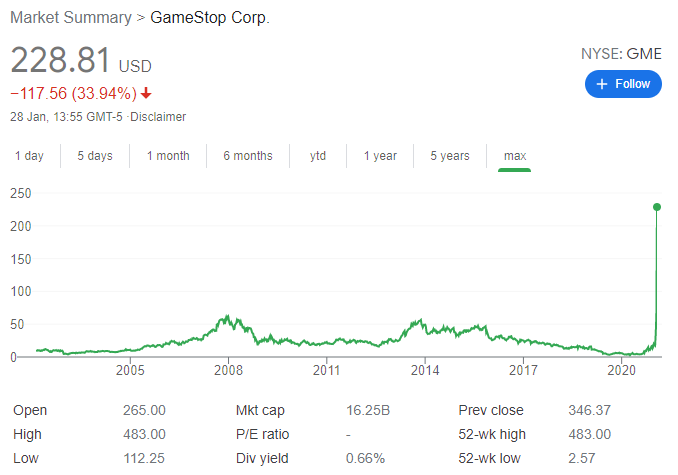Bottom of the range: Difference between revisions
Amwelladmin (talk | contribs) No edit summary |
Amwelladmin (talk | contribs) No edit summary |
||
| Line 13: | Line 13: | ||
But it is one thing looking at this from the prism of fiscal policy. Looking at it from a home-owner’s perspective tells a different story. You put on your borrowing mindful of the cost of doing so: the potential range of future interest costs. You borrowing is fixed for a short term, but your investment is illiquid — no-one moves home for the hell of it — so you have risk to interest rate movements. Now if you have borrowed at 8%, even a whole-point rise is generally tolerable: that’s an eleven percent increase in your cost of funding, but most people will be able to cancel Netflix, do without that Starbucks and so on to manage that. But if your borrowing rate is 0.75% — as many are today — a rate rise of 1% is a 158% increase in your cost of funding. Doubling, and half again, your mortgage payments, ''just to service interest''. | But it is one thing looking at this from the prism of fiscal policy. Looking at it from a home-owner’s perspective tells a different story. You put on your borrowing mindful of the cost of doing so: the potential range of future interest costs. You borrowing is fixed for a short term, but your investment is illiquid — no-one moves home for the hell of it — so you have risk to interest rate movements. Now if you have borrowed at 8%, even a whole-point rise is generally tolerable: that’s an eleven percent increase in your cost of funding, but most people will be able to cancel Netflix, do without that Starbucks and so on to manage that. But if your borrowing rate is 0.75% — as many are today — a rate rise of 1% is a 158% increase in your cost of funding. Doubling, and half again, your mortgage payments, ''just to service interest''. | ||
The implications on the housing market | If you borrowed £1,000,000 at \The implications on the housing market if everyone is forced to sell at once | ||
Revision as of 06:37, 16 August 2022
|
Chez Guevara — Dining in style at the Disaster Café™
|
Bottom of the range
/ˈbɒtəm ɒv ðə reɪnʤ/ (n.)
All other things being equal, a dangerous place to play. We have looked elsewhere at the travails of Melvin Capital Management LP when it tried to short GameStop, but this points to a general proposition: if your strategy involves prices staying low, or going lower, your arse is hanging out if you invest at the “bottom of the range” of plausible prices.
GameStop and the outsider traders
An equity cannot have a negative value — not even one as ropey as GME — so there is a natural limit to how much you can make by shorting it: your purchase price. The lower that price, the less, in absolute dollars, you can make by shorting a single share (but the more shares you can afford to buy!!!). This is where the significance of the range comes in: if the stock is already low against its historical range, and low in absolute terms — as, by 2019, was GME — there is only so much further it can go: if Melvin put on its short at $1.00, it stood to gain at most $1 per share. But it is hardly outlandish to suppose a stock could return to points higher in its range: after all, it has been there before. The stock might seem in terminal decline, but look: things can change. Even without the mendacious activities of the Reddit outside traders, it wasn’t crazy that GME could go back to $15.00 per share. Even this kind of move would be crippling: Unlike a “long” position, a short sale requires you to borrow — not a fixed amount of cash, but the prevailing value of security you are shorting. Since you don’t have that stock — you sold it short — if it rises, so will your margin obligation to your broker. You will have to fund that in cash. So a $1m investment in GME — promising a maximum $1m return — would require $15m of margin, if the stock rallied even to historical levels. This is scary gearing for an uncertain future.
By contrast, putting on a short position at $15 — a price at which GME had not exceeded in twenty years — gears things the other way. To lose just one times your investment, GME would need to go to $30. To lose 15 times, it would need to go to $225 — a seemingly outlandish price. Of course that is exactly where it did go — beware of predicting the future is a different lesson — but here bear in mind: had Melvin put on its short ast the top ofg the range, it would have lost only 15 times its investment. Had it invested at the bottom, it would have lost 225 times its investment.
This is also a good illustration of the second loss risk. Of course, as we know, Melvin didn’t have anything like 225 times its investment in cash. The point where it is wiped out, then someone else is wearing the rest of the loss. Welcome to the table your friendly, well capitalised, prime broker and its unsuspecting shareholders. You are just in time to pick up the bill.
Low mortgage rates: a sleeping dog?
we see a similar thing with mortgage rates. Historically, interest rates have been between 1 and 10% — though perhaps only those of the JC’s vintage will believe that rates could ever have been above 2%. In the seventies, eighties rates were constantly between 8 and 15%.
Rates, we know, as a central bank tool for controlling inflation. They will periodically move, by half or ever quarter point moves, and since monetarists slew the inflation dragon in the eighties, they have stayed with a much, much lower range (except, curiously, in New Zealand. Hello, carry trade!).
But it is one thing looking at this from the prism of fiscal policy. Looking at it from a home-owner’s perspective tells a different story. You put on your borrowing mindful of the cost of doing so: the potential range of future interest costs. You borrowing is fixed for a short term, but your investment is illiquid — no-one moves home for the hell of it — so you have risk to interest rate movements. Now if you have borrowed at 8%, even a whole-point rise is generally tolerable: that’s an eleven percent increase in your cost of funding, but most people will be able to cancel Netflix, do without that Starbucks and so on to manage that. But if your borrowing rate is 0.75% — as many are today — a rate rise of 1% is a 158% increase in your cost of funding. Doubling, and half again, your mortgage payments, just to service interest.
If you borrowed £1,000,000 at \The implications on the housing market if everyone is forced to sell at once

